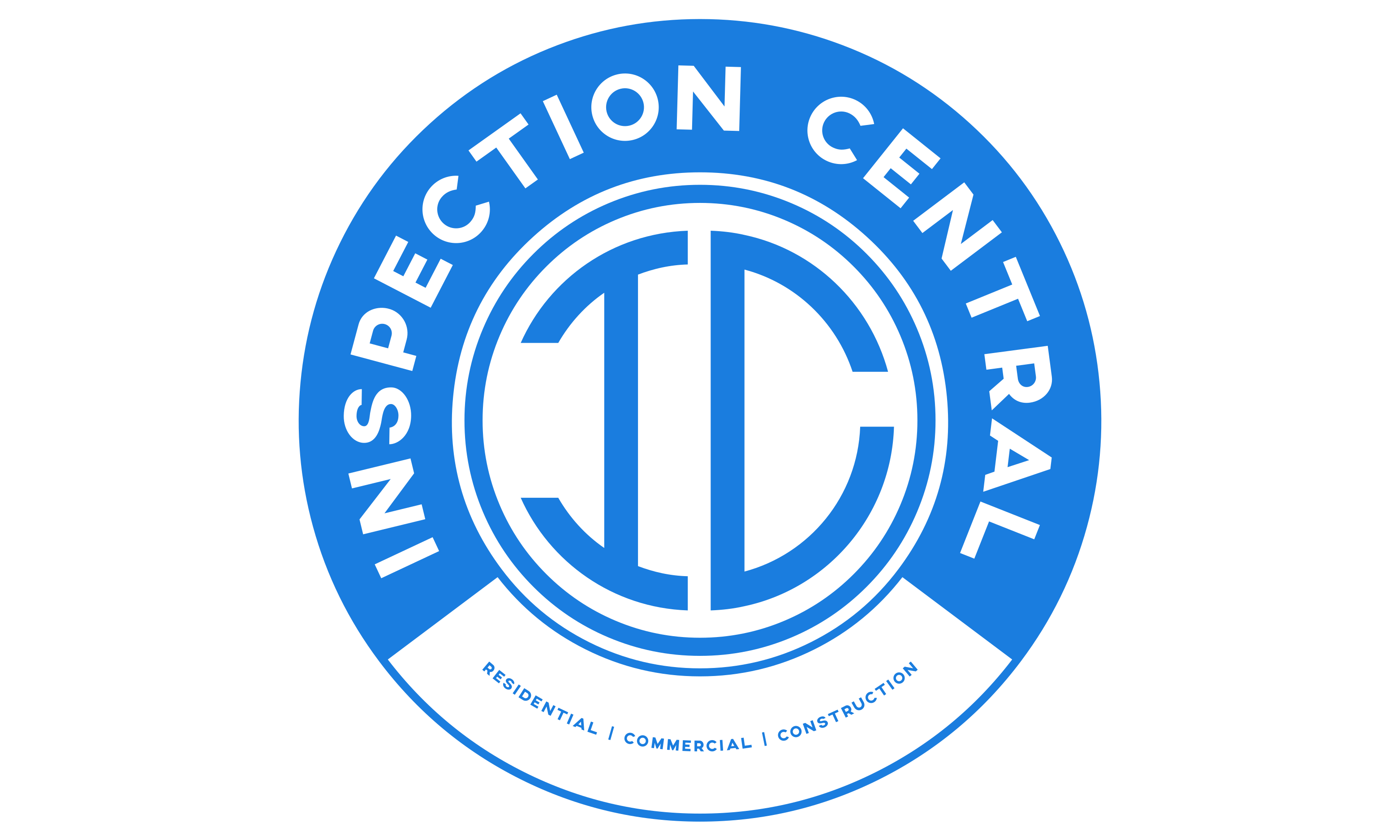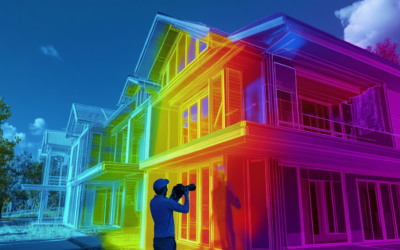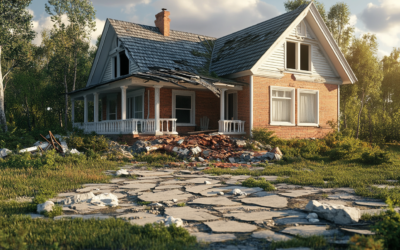Leaking Showers and Elevated Moisture – What You Need to Know During a Building and Pest Inspection in Brisbane
When it comes to purchasing or maintaining a property in Brisbane, one of the most common yet often overlooked issues is leaking showers and elevated moisture. These hidden problems can lead to significant structural damage, costly repairs, and even health risks if left untreated. At Inspection Central Building and Pest Brisbane, we regularly encounter issues with leaking showers and elevated moisture during our building and pest inspections, and we know just how important it is to identify and address these problems early.
In this comprehensive guide, we’ll explore how leaking showers and elevated moisture levels can affect your property, how they are identified during a building and pest inspection, and what you can do to fix them before they turn into major issues.
Why Leaking Showers Are a Common Problem in Brisbane
Brisbane’s humid climate and high rainfall levels make properties more susceptible to water ingress and moisture-related damage. Showers are one of the most common sources of water leaks because they are frequently used and exposed to high levels of moisture and humidity.
Common Causes of Leaking Showers:
-
Poor Waterproofing:
Proper waterproofing is essential for preventing water penetration in shower areas. If the membrane underneath the tiles is not installed correctly or becomes damaged over time, water can seep through and cause damage to walls, floors, and structural supports.
-
Damaged or Cracked Grout and Tiles:
Over time, grout and tiles can develop cracks due to general wear and tear or building movement. These small cracks allow water to seep into the underlying structure, leading to hidden moisture buildup.
-
Faulty Plumbing:
Leaks from shower taps, shower heads, or hidden pipes behind the wall are common sources of moisture issues. Even a slow, undetected drip can cause extensive water damage over time.
-
Movement and Structural Shifts:
Buildings naturally settle over time, which can cause tiles and grout to crack. Brisbane’s soil composition and weather patterns can accelerate this process, increasing the risk of shower leaks.
Signs of a Leaking Shower Found During a Building and Pest Inspection
During a building and pest inspection, an experienced inspector will use moisture meters, thermal imaging cameras, and visual inspections to identify signs of a leaking shower or elevated moisture levels. Some of the key indicators include:
✅ Elevated Moisture Levels in Walls and Floors – Moisture meters can detect abnormal moisture levels in the walls and floors surrounding the shower area, even if there are no visible signs of damage.
✅ Water Staining or Discoloration – Brown or yellow stains on ceilings or walls below the bathroom area are often a sign of water leaks from above.
✅ Peeling or Bubbling Paint and Plaster – Moisture trapped behind walls causes paint and plaster to bubble or peel away from the surface.
✅ Loose or Cracked Tiles and Grout – Water penetration weakens the adhesive holding tiles and grout in place, causing them to loosen or crack.
✅ Musty Odors – Dampness behind walls or under floors creates a musty smell, which indicates potential mold or mildew growth.
✅ Soft or Warped Flooring – Wooden floors around the bathroom or adjoining rooms may feel soft or warped due to prolonged moisture exposure.
Elevated Moisture and Its Impact on Your Property
Elevated moisture is a major concern during a building and pest inspection because it can cause serious structural and health issues if not properly addressed.
Structural Damage:
Water that penetrates walls, floors, and ceilings can cause timber framing, studs, and supports to rot over time. This compromises the structural integrity of the property and can lead to costly repairs.
Mould and Mildew Growth:
Brisbane’s warm and humid climate creates the perfect environment for mold and mildew to thrive in damp areas. Mold not only causes unpleasant odors and stains but also poses health risks, including respiratory issues and allergic reactions.
Damage to Finishes and Fixtures:
Moisture can cause paint, wallpaper, and timber skirting to deteriorate quickly. Warping, discoloration, and peeling are common signs of elevated moisture levels.
Pest Infestation:
Termites and other pests are drawn to damp and rotting timber. Elevated moisture levels from leaking showers can attract termites, leading to further damage and additional repair costs.
How Building and Pest Inspectors Identify Elevated Moisture and Leaks
At Inspection Central Building and Pest Brisbane, our experienced inspectors use advanced tools and techniques to detect hidden moisture and leaks:
🔎 Moisture Meters – Used to measure moisture levels in walls, floors, and ceilings. Elevated readings often point to a hidden leak.
🔎 Thermal Imaging Cameras – These cameras detect variations in temperature caused by moisture behind walls and floors. Cold spots often indicate the presence of water leaks.
🔎 Probing Tools – Soft or weakened timber can be probed to confirm moisture damage or rot.
🔎 Visual Inspection – Experienced inspectors can identify telltale signs of leaks, such as discoloration, staining, and bubbling paint.
Solutions for Leaking Showers and Elevated Moisture
If a leaking shower or elevated moisture levels are identified during a building and pest inspection, it’s important to act quickly to prevent further damage.
1. Repair or Replace Waterproofing:
In many cases, the underlying waterproofing membrane needs to be repaired or replaced. This may require removing tiles and resealing the shower area.
2. Re-grout and Reseal:
Damaged or cracked grout and tiles should be replaced and resealed to prevent further water ingress.
3. Fix Plumbing Issues:
If the leak originates from faulty plumbing, such as a leaking tap or shower head, a licensed plumber should be called to repair or replace the damaged fixtures.
4. Treat and Repair Structural Damage:
If moisture has caused rot or weakened structural elements, a professional builder will need to repair or replace affected areas.
5. Install Proper Ventilation:
Improving ventilation in bathrooms can help reduce moisture buildup and prevent future mold and mildew growth. Exhaust fans and open windows are effective solutions.
Why Early Detection Is Key
Leaking showers and elevated moisture levels are often hidden problems that can remain unnoticed for months or even years. The longer these issues go unresolved, the more damage they can cause to your property. That’s why booking a professional building and pest inspection with Inspection Central Building and Pest Brisbane is essential for identifying and addressing these problems before they turn into major headaches.
Book Your Building and Pest Inspection Today
If you’re buying or maintaining a property in Brisbane, don’t leave it to chance. At Inspection Central Building and Pest Brisbane, our expert inspectors are trained to detect even the most hidden issues, including leaking showers and elevated moisture levels.
✅ Comprehensive building inspection report
✅ Detailed assessment of moisture levels and water damage
✅ Recommendations for repairs and long-term solutions
Book instantly live online at www.inspectioncentral.com.au or call us today at (07) 3186 7786 to schedule your inspection!
By addressing leaking showers and elevated moisture levels early, you can protect your property’s value and avoid costly repairs down the track. Trust Inspection Central Building and Pest Brisbane to deliver peace of mind and professional service every step of the way.









0 Comments